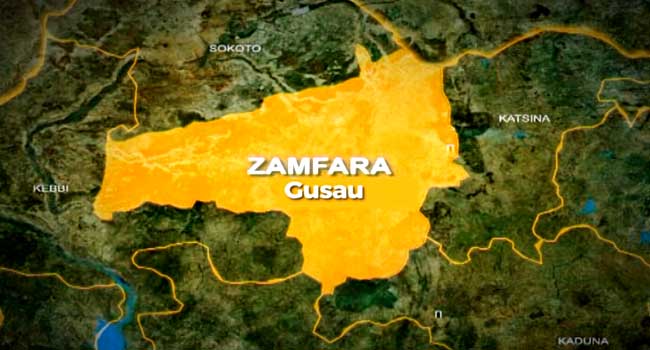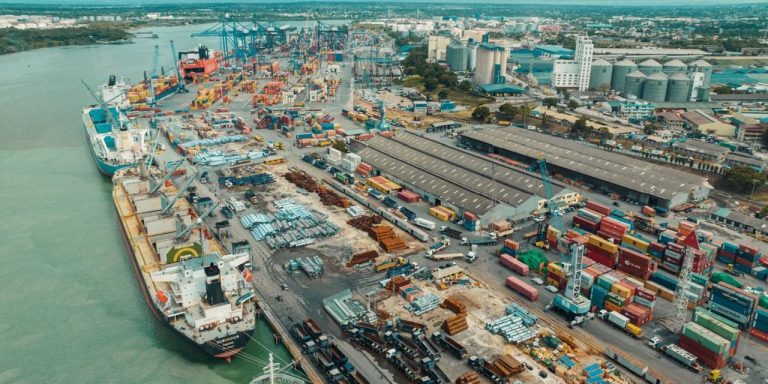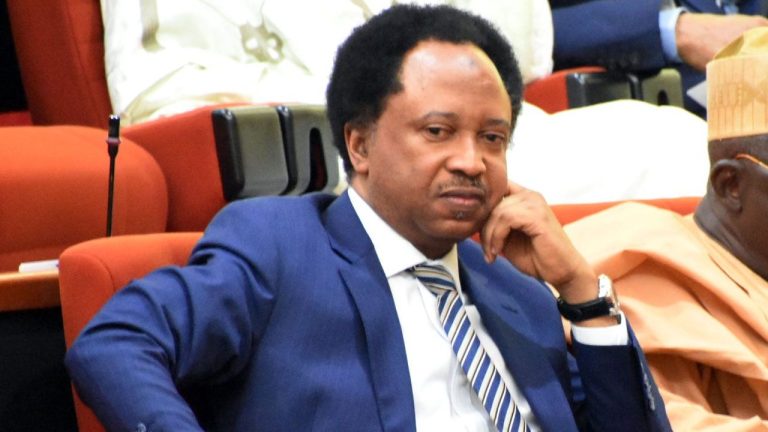
Lagos has once again outpaced all other states in Nigeria in terms of Internally Generated Revenue (IGR), topping the chart for 2024 with a staggering ₦1.26 trillion, according to fresh data released by the National Bureau of Statistics (NBS).
The new figures, shared on Monday via the NBS’ official X handle (formerly Twitter), revealed that Nigeria’s 36 states and the Federal Capital Territory (FCT) collectively raked in ₦3.6 trillion in IGR for the year. This marks a 49.7 percent increase compared to the ₦2.43 trillion recorded in 2023.
Lagos Leads by a Wide Margin
Lagos, Nigeria’s commercial powerhouse, contributed more than one-third of the total IGR with a total of ₦1,261,556,415,048.56. Rivers State came in a distant second with ₦317.3 billion, while the FCT secured third place with ₦282.36 billion.
Ogun and Enugu States rounded out the top five, generating ₦194.93 billion and ₦180.5 billion respectively.
Top 5 IGR-Generating States in 2024
- Lagos – ₦1,261,556,415,048.56
- Rivers – ₦317,303,986,832.38
- FCT – ₦282,364,055,025.74
- Ogun – ₦194,933,884,872.57
- Enugu – ₦180,500,141,598.36
States With the Lowest IGR
At the bottom of the IGR rankings were several northern and southeastern states. Yobe recorded the lowest revenue with just ₦11.08 billion, followed by Ebonyi (₦13.18 billion), Kebbi (₦16.97 billion), Taraba (₦17.46 billion), and Adamawa (₦20.29 billion).
Bottom 5 IGR-Generating States
- Yobe – ₦11,084,367,202.33
- Ebonyi – ₦13,177,829,475.63
- Kebbi – ₦16,971,704,831.43
- Taraba – ₦17,460,514,087.44
- Adamawa – ₦20,298,222,818.56
State-by-State Revenue Breakdown
The full list, as published by the NBS, ranks the states from highest to lowest based on their total IGR:
- Lagos — ₦1,261,556,415,048.56
- Rivers — ₦317,303,986,832.38
- FCT — ₦282,364,055,025.74
- Ogun — ₦194,933,884,872.57
- Enugu — ₦180,500,141,598.36
- Delta — ₦157,785,188,072.55
- Edo — ₦91,153,908,548.19
- Akwa Ibom — ₦75,768,017,871.08
- Kano — ₦74,771,014,335.51
- Kaduna — ₦71,574,658,542.97
- Kwara — ₦71,197,075,565.91
- Oyo — ₦65,287,038,267.92
- Bayelsa — ₦64,013,288,202.51
- Jigawa — ₦59,455,563,495.20
- Osun — ₦54,767,865,323.88
- Cross River — ₦47,018,239,529.33
- Anambra — ₦42,689,648,058.74
- Abia — ₦40,009,340,912.93
- Katsina — ₦39,152,790,613.55
- Niger — ₦34,660,234,106.71
- Ekiti — ₦35,213,748,270.98
- Kogi — ₦32,012,618,177.80
- Bauchi — ₦32,427,554,765.85
- Ondo — ₦31,251,840,302.79
- Plateau — ₦31,139,826,680.23
- Borno — ₦27,803,527,850.21
- Zamfara — ₦25,455,960,759.33
- Nassarawa — ₦25,518,692,329.97
- Imo — ₦25,270,602,765.46
- Sokoto — ₦20,845,754,441.54
- Benue — ₦20,434,774,732.75
- Adamawa — ₦20,298,222,818.56
- Gombe — ₦20,724,823,840.00
- Taraba — ₦17,460,514,087.44
- Kebbi — ₦16,971,704,831.43
- Ebonyi — ₦13,177,829,475.63
- Yobe — ₦11,084,367,202.33
What Makes Up IGR?
The IGR recorded by states is divided into two main categories:
- Tax Revenue: Includes PAYE (Pay As You Earn), Direct Assessment, Road Taxes, Stamp Duties, Capital Gains Tax, Withholding Tax, Other Taxes, and revenue from Local Governments.
- MDAs’ Revenue: Money generated internally by government ministries, departments, and agencies.
Among all tax categories, PAYE remained the biggest contributor, accounting for ₦1.86 trillion or nearly 70% of total tax revenues. Meanwhile, Capital Gains Tax contributed the least with just ₦10.57 billion.



